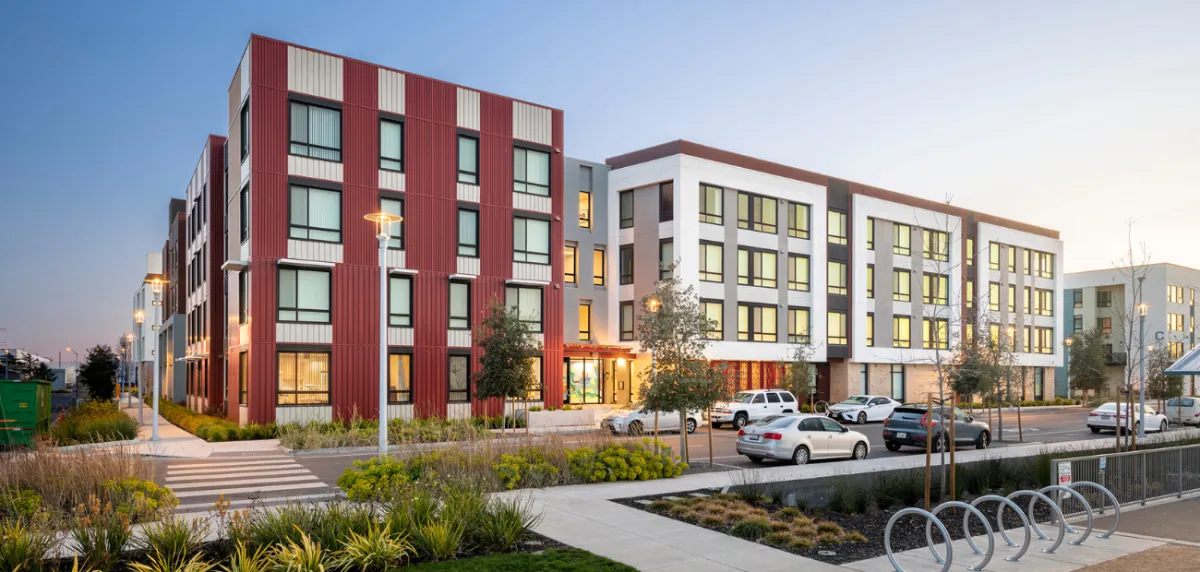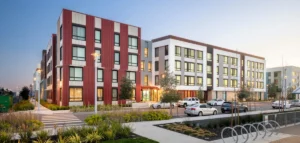By Lisa Brown | January 13, 2021 at 07:03 AM
After months of an unrelenting global health crisis, ongoing uncertainty, economic damage and disruptions across most facets of life, the arrival of an effective vaccine has sparked renewed optimism for 2021. However, investors should have realistic expectations about how the next several months will unfold. With a prolonged business shutdown of this magnitude, there will likely be a slow recovery period even with the presence of a successful vaccination delivery.
“I expect the recovery from this economic downturn to be very uneven,” Dianne Crocker, principal analyst at LightBox, tells GlobeSt.com. “Recovery is going to vary by metro as some were hit harder by COVID. A metro like New York City saw much more impact from COVID than many smaller metros and of course, suburban and rural communities did. Different levels of impact has resulted in inconsistencies in reopening, which further perpetuates an uneven recovery.”
The recovery will also be uneven in terms of asset classes. While some asset classes such as industrial have benefitted from the pandemic, others such as hotels have been hit hard. With that said, pinpointing the timing of local recoveries may not be possible.
As the industry waits for the economy to fully reopen, Cushman & Wakefield research has identified several signals that will indicate that the commercial real estate market is transitioning to a recovery phase.
Steadily Improving Global Economies
Global GDP growth is expected to remain subpar into early 2021, but potentially accelerate in the second half of the year to a global GDP growth forecast of 5.2% by Moody’s Analytics.
Another hallmark of economic recovery will be a balance between remote and office work. Until then there may be a “Goldilocks” relationship where both too little and too much remote work are suboptimal. This is exemplified by the revelation that 36% of global employees engaged in remote work during COVID restrictions do not feel they are learning during this time, according to the Cushman & Wakefield Experience per Square Foot 2020 Survey.
As the market normalizes, renewals will retreat closer to the historic average of 19% of total leasing as tenants shift from renewals and extensions to executing new leases. To illustrate, US renewals topped 31.5% year-over-year in 2020, far less than the historical average of 19%, according to Cushman & Wakefield research.
REIT Investors Become More Active
Cushman & Wakefield says to watch for further activity in the REIT markets as investors move off from the sidelines. Every 10 basis-point increase in the 10-year Treasury Yield is associated with a 1.2% increase in global CRE volume, according to data from Federal Reserve Board, SNL, Real Capital Analytics and Cushman & Wakefield research.
More Mobility on Public Transit and Foot Traffic
Watch for an increase in passenger ridership, indicating heightened confidence in public transportation. In turn, that should help support cities across the world transition to a recovery phase. Data point: 2020 London Tube ridership declined from 95% in March 2020 to 22% in December 2020, according to gov.uk. Increased confidence should reverse the trend as vaccines are rolled out, pointing to a return to the office and to brick-and-mortar retail.
Developers Regain Confidence
Another key indicator is financial institutions’ return to funding more commercial projects. This is in marked contrast to 81% of US banks tightening lending standards in third quarter 2020, according to FRB and Cushman & Wakefield research.
Office Leasing Inflection Points: Rent
Pre-COVID rents were elevated in high-demand markets across the world. And now, Cushman & Wakefield says to watch for rising vacancy putting downward pressure on rents, which will lead to movement in more cities this year. As a result, leasing volumes should rise as tenants look for bargains.
Office Leasing Inflection Points: Demand For Office Space
The industry will be seeking clarity on whether Greater China represents a leading indicator or remains an anomaly. The global office sector is expected to start absorbing space in early 2022 and vacancy is expected to trend down from that point forward. Asia Pacific should continue to record improved demand for office space in 2021, leading the West but lagging Greater China.
Pent-Up Consumer Demand Unleashed
Surging sales should materialize at stores and venues that consumers were not able to patronize during the pandemic; think restaurants, movie theaters, shows, sporting events and travel destinations. Data point: The US savings rate was 12.9% at the end of November 2020 which was 560 basis points above the 10-year average, according to the US Department of Commerce and Bureau of Economic Analysis.
Dispersed Industrial Demand
A leasing bounceback could occur this year in manufacturing space and stronger demand for flex product, particularly high technology and R&D space. In contrast, some 26% of 2020 industrial space demand was for global logistics, according to Cushman & Wakefield research.
Return To Travel
When recovery seems in the forefront and travelers become less wary of exposure, an uptick in business, domestic and international airport passenger traffic along with a rise in hotel occupancy could be key indicators. Data point: Asia Pacific airline’s international passengers declined from 31.1 million in October 2019 to 1.5 million in October 2020.
Source: GlobeSt
https://www.globest.com/2021/01/13/10-signs-that-cre-is-on-the-path-to-recovery/












